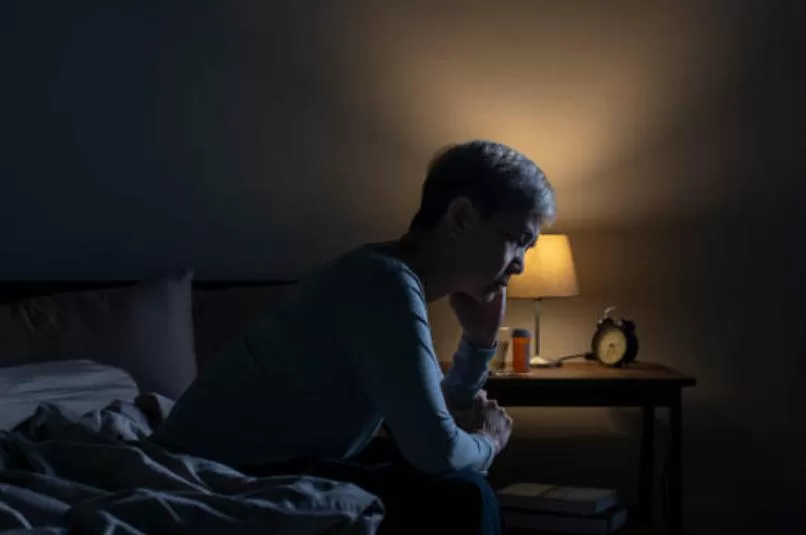How Can Visualization Be Used To Improve Sleep?
Visualization techniques can be a powerful tool to improve sleep quality and quantity by calming the mind and reducing stress and anxiety.

Selfpause Affirmation App
Download the app to get 1,000’s of affirmation meditations and everything you need to write, record and listen to your own.
Sleep is a vital aspect of physical and mental well-being, but many people struggle with insomnia and other sleep disorders. Visualization, also known as mental imagery or guided imagery, is a technique that has been shown to improve sleep by reducing anxiety and promoting relaxation. In this text, we will discuss how visualization can be used to improve sleep.
Visualization is a form of mindfulness that involves using the imagination to create pictures in the mind. This can be used to create a sense of relaxation and reduce anxiety, which can improve overall well-being and promote better sleep. Research has shown that visualization is effective in improving sleep and promoting relaxation in people with insomnia.

A study published in the Journal of Behavioral Medicine found that visualization was effective in improving sleep and promoting relaxation in people with insomnia. The study participants were asked to imagine a peaceful scene, such as a beach or a forest, and to focus on the sights, sounds and sensations of that scene. The results showed that the participants who used visualization had improved sleep and a greater sense of relaxation compared to those who did not.
It’s important to note that visualization is not a one-size-fits-all solution and may not work for everyone. It’s also important to consult with a healthcare professional before incorporating visualization into a sleep management plan, particularly if an individual has a history of mental health conditions such as depression or anxiety.

To get the most out of visualization, it’s important to find a peaceful and quiet place where you can relax and focus. It’s also important to set aside enough time to practice visualization, as it can take a few minutes to get into the right state of mind. It’s helpful to use a guided visualization recording or script to help focus the mind and create a clear image of the peaceful scene.
Additionally, it’s important to establish a consistent sleep routine and to create a comfortable sleep environment. This includes maintaining a comfortable temperature, minimizing noise and light, and making sure the bed is comfortable.

Another technique that can be used in conjunction with visualization is progressive muscle relaxation, which involves tensing and then relaxing different muscle groups in the body to help promote relaxation. This can be a helpful addition to visualization in managing insomnia.
It’s also important to avoid stimulating activities before bedtime, such as watching TV or working on a computer. Instead, engage in relaxing activities such as reading or listening to calming music.

Another way to use visualization for sleep is incorporating sleep-specific visualization exercises. For example, imagine yourself drifting off to sleep in a peaceful place, or imagine yourself waking up feeling refreshed and energized. These exercises can help to train the mind to associate sleep with positive experiences.
In conclusion, visualization is an effective technique for improving sleep and promoting relaxation. Research has shown that visualization can improve sleep, reduce stress and anxiety, improve physical symptoms, improve focus and concentration, and improve overall well-being and quality of life. However, it’s important to consult with a healthcare professional before incorporating visualization into a sleep management plan, and to use it in conjunction with other techniques such as progressive muscle relaxation, creating a comfortable sleep environment, and avoiding stimulating activities before bedtime. With regular practice, visualization can be a valuable tool for managing insomnia and improving overall sleep.
